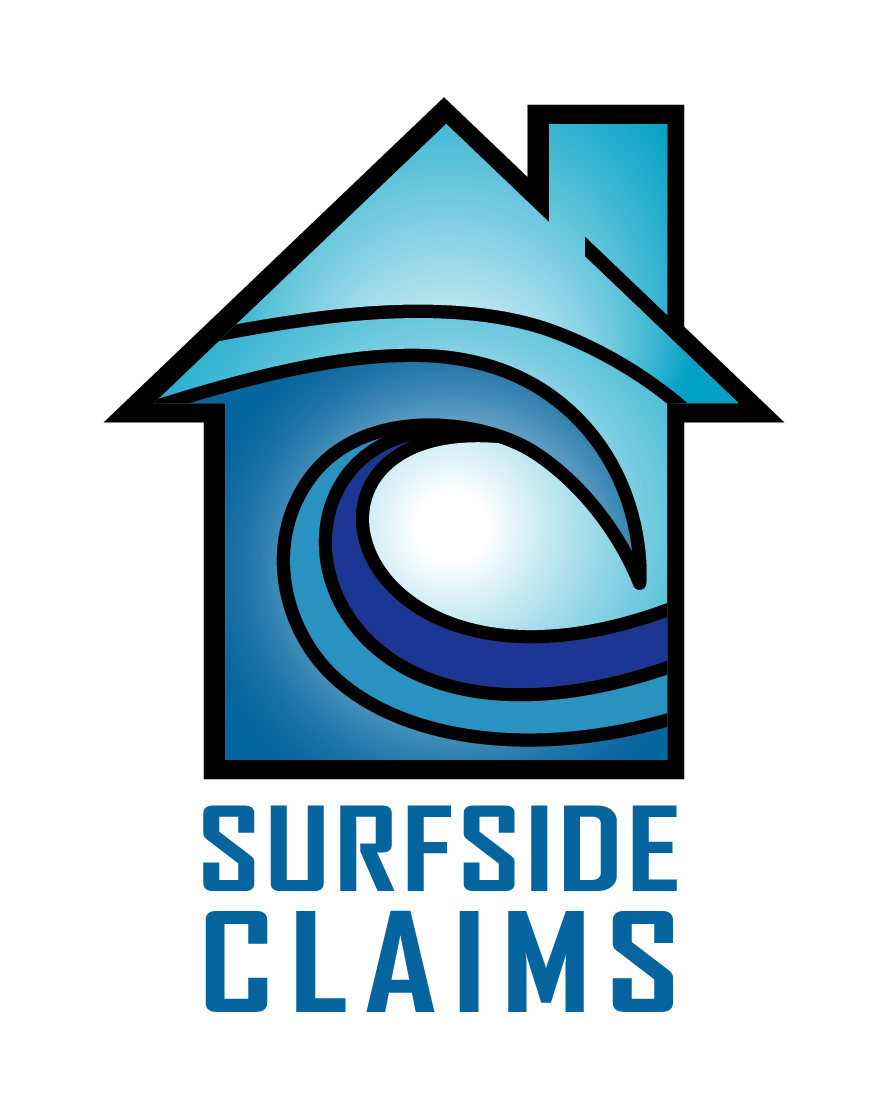As we approach the 2024 Atlantic Hurricane Season, residents of Florida, especially those in the Central region, must gear up for potential storms. Whether you’re on the coast or inland, understanding and implementing thorough preparation strategies can significantly mitigate risks and ensure safety. This blog post outlines essential hurricane preparedness tips, catering specifically to the needs of coastal and interior residents of Central Florida.
General Preparations for All Residents
Hurricane preparedness begins with awareness. The Florida Division of Emergency Management emphasizes starting preparations at least 100 days before the season commences. All residents should understand their local risk from hurricanes, which involves recognizing the hazards that might impact their area, such as high winds, heavy rains, storm surges, and potential flooding.
A critical part of preparation is assembling a disaster supply kit well in advance. This kit should include:
- Water (one gallon per person per day for several days)
- Non-perishable food for at least three days
- Battery-powered or hand-crank radio and a NOAA Weather Radio with tone alert
- Flashlight and extra batteries
- First aid kit
- Extra medication
- Copies of personal documents (insurance policies, identification, and bank account records) in a waterproof, portable container
- Cell phone with chargers and a backup battery
These items address the basic needs during a hurricane and can help sustain individuals if they are cut off from everyday conveniences (Home) (MIDFLORIDA).
Coastal vs. Interior Resident Strategies
Coastal Residents: Living near Florida’s coastline increases the risk of storm surges and flooding. To protect property, it’s crucial to install storm shutters and ensure proper home elevation to prevent floodwaters from entering. Coastal residents should also prioritize securing flood insurance, which is not typically covered under standard homeowners’ policies.
Interior Residents: Those living inland might not face storm surges, but they are still vulnerable to high winds and heavy rains. Securing roofs, windows, and doors is vital. It’s also essential to clear the property of loose limbs and debris that could become airborne in strong winds. Understanding and planning for the specific risks associated with their locations can be the key difference for both groups in ensuring safety and minimizing damage (Home) (American Red Cross).
Home and Property Security
Securing your home before a hurricane is a multi-step process:
- Reinforce windows and doors: This can include installing storm shutters or at least ensuring that existing shutters are robust and functional.
- Secure the roof: Use straps or clips to secure your roof to the frame structure to reduce roof damage.
- Trim trees and secure loose outdoor items: Reduce the chance of wind turning loose items into projectiles.
- Elevate critical utilities: Raise electrical panels, switches, sockets, wiring, appliances, and heating systems if susceptible to flooding.
Taking these steps helps significantly reduce potential physical and financial damage (NOAA) (American Red Cross).
Steps to Take as a Hurricane Approaches
As the storm nears, staying informed through local news and weather advisories is crucial. Here are the steps to follow:
- Monitor updates: Regularly check the weather forecast and local news for hurricane watches and warnings.
- Review your evacuation route: Know where to go if an evacuation is ordered. Plan your travel route and keep your car’s gas tank full.
- Secure your home: Implement the previously mentioned measures to protect your property and reduce damage.
- Prepare for power outages: Have supplies ready for extended power and water outages.
- Evacuate if necessary: Don’t wait until the last moment to evacuate if it’s advised to avoid being caught in bad weather or traffic.
Following these guidelines can help ensure that you are as prepared as possible when a hurricane threatens (MIDFLORIDA).
How Surfside Claims Public Adjusters Can Assist After Hurricane Damage
In the unfortunate event that you experience property damage due to a hurricane, navigating insurance claims can be as stressful as the storm itself. That’s where Surfside Claims Public Adjusters come in. Specializing in helping Florida residents maximize their insurance claims, our team of experienced adjusters understands the complexities of hurricane damage and insurance policies.
When you’re dealing with the aftermath of a hurricane, timely and fair insurance compensation is crucial to begin repairs and restore normalcy. Surfside Claims Public Adjusters can assess the extent of your damage thoroughly, ensuring that all details are documented and accurately represented in your claim. Our adjusters advocate on your behalf, negotiating with insurance companies to secure a more favorable settlement than you might achieve on your own.
If you find yourself facing the overwhelming task of filing a hurricane damage claim this season, remember that you don’t have to do it alone. Surfside Claims Public Adjusters are here to support you through every step of the process, helping you recover faster and more fully. Reach out to us before speaking to your insurance company to ensure your rights and interests are fully protected from the start.





